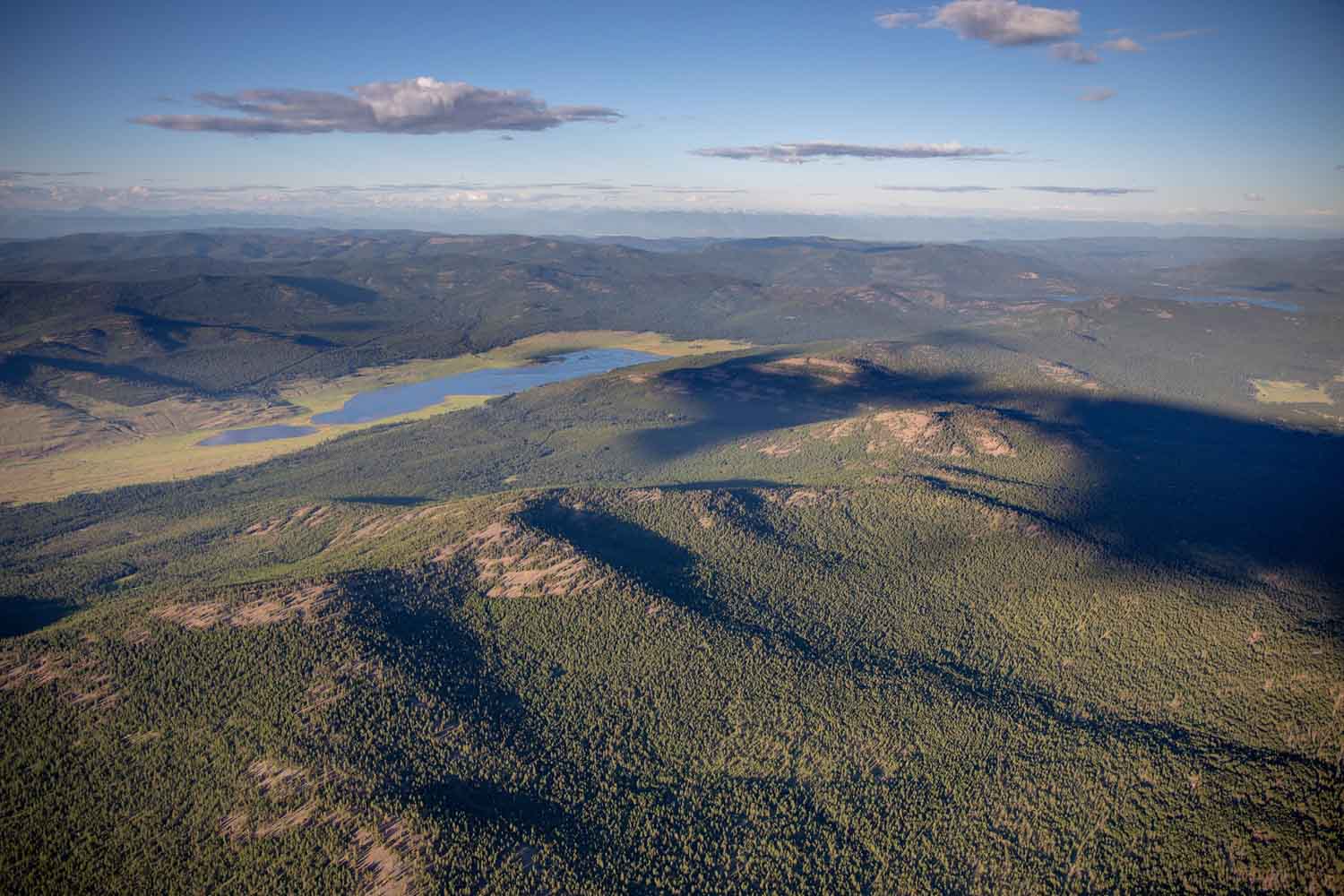Below is a news release from the U.S. Fish and Wildlife Service.
The U.S. Fish and Wildlife Service (Service) has released the final environmental assessment, finding of no significant impact and land protection plan to establish a new unit of the National Wildlife Refuge System, the Lost Trail Conservation Area in northwest Montana. The recent approval of the Conservation Area will authorize the Service to acquire easements from willing sellers that will preserve public access; protect wildlife habitat, including important migration corridors; and allow for sustainable working public lands in Flathead and Lincoln counties.
“The Lost Trail Conservation Area allows the Service and our partners to serve not only Montanans, but everyone who enjoys the wilderness, wildlife and natural beauty of Big Sky Country,” says Service Regional Director Noreen Walsh. “The Conservation Area easements will safeguard key grizzly bear, Canada lynx and elk habitat, provide for enhanced public access and allow for continued sustainable timber harvest.”
Within the Conservation Area, the permanent easements on up to 100,000 acres within the project boundary (see map) would provide public access for hunting, fishing, hiking, biking and wildlife viewing in mountain forests, and along rivers and lakes. The easements would prevent residential development, but would allow individuals and companies with an approved timber harvest management plan to conduct sustainable commercial timber harvests.
“The lands in the Lost Trail Conservation Area are extremely important to Flathead County,” said Flathead County Commissioner Randy Brodehl. “The timber helps secure local jobs. Those lands also are a favorite for hunters and other recreationalists. We are excited to work with the private landowners in the area to protect those resources.”
The project integrates landscape-level wildlife and habitat conservation efforts by the Service and a wide range of partners during the past 20 years. The Conservation Area easements will protect crucial habitat for threatened and endangered species and migration corridors between Glacier National Park, the Cabinet Mountains Wilderness, the Selkirk Mountains and into the Coeur d’Alene Mountains in Idaho. Montana Fish, Wildlife and Parks has identified the migration corridor in the Conservation Area as vital for elk and mule deer. The land within the project area is also popular for elk hunting.
“The State of Montana is proud to support and celebrate the U.S. Fish and Wildlife Service and the individual landowners working together on this effort,” said Montana Fish, Wildlife & Parks Director Hank Worsech. “This Conservation Area is similar to conservation easements that Montana Fish, Wildlife & Parks works hard to achieve with willing landowners to benefit working lands, public access and wildlife habitat. These projects reflect the good collaboration and stewardship that help define Montana.”
No taxpayer dollars would be used to purchase the easements. Instead, the Service would make purchases using federal dollars from the now permanently authorized Land and Water Conservation Fund, which uses federal offshore oil and gas leases to support the conservation of natural resources across America. Green Diamond Resource Company has purchased land within the project boundary and has expressed support for the Conservation Area.
To provide the public an opportunity to engage in this planning process, a draft environmental assessment and land protection plan were made available for a 30-day review period from Sept. 16 to Oct. 16, 2020. The Service received approximately 30 public comments. Public comments are addressed in the documents and helped the Service clarify and refine language regarding rare plants, mineral rights and what is included in the easements. No significant changes have been made to the preferred alternative identified in the environmental assessment. The final documents are available online at https://www.fws.gov/mountain-prairie/refuges/ltrca.php. For specific questions, please contact Project Leader Ben Gilles at benjamin_gilles@fws.gov.
(Photo source: C. Boyer/U.S. Fish and Wildlife Service)
